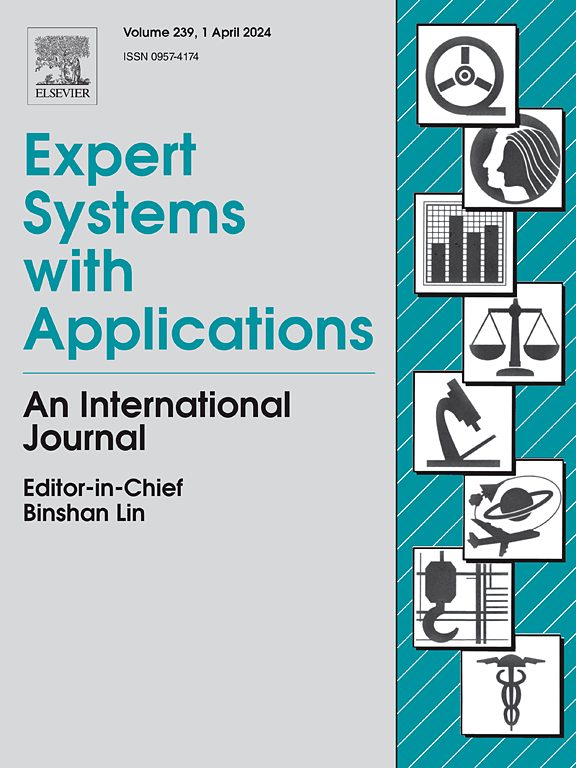3D-PV:通过模拟动态遮阳条件下的空间不确定性来增强光伏功率预测
IF 7.5
1区 计算机科学
Q1 COMPUTER SCIENCE, ARTIFICIAL INTELLIGENCE
引用次数: 0
摘要
地球公转和地理变率为光伏系统引入了空间不确定性。微妙的空间变化会引起动态遮阳条件(DSC),这会破坏功率预测。现有的模型往往忽略了捕捉空间不确定性的影响,因此很难解决光伏系统中的DSC问题。本文提出了一个3D-PV框架,该框架引入了一种去模糊3D重建技术来产生空间表征,保留了光伏板及其周围环境的细节。此外,通过提出的基于computeshader的阴影计算算法构建阴影变化矩阵,作为一种时空表示,将获得的空间表示和动态阴影变化连接起来。3D-PV在时空表征的基础上,对阴影动态和辐照度信号进行语义融合,从而实现DSC下时间一致的功率预测。包括消融研究在内的实验结果表明,精确的空间建模可以有效地捕获和模拟准确的阴影模式。特别是,3D-PV优于最先进的预测方法,预测精度的均方误差(MSE)降低了23.95%。这些结果强调了在DSC下明确建模空间不确定性和动态融合时空表征与辐照度信号的好处,从而能够准确预测光伏功率。本文章由计算机程序翻译,如有差异,请以英文原文为准。
3D-PV: Enhancing PV power prediction by modeling spatial uncertainty under dynamic shading conditions
The Earth’s revolution and geographic variability introduce spatial uncertainty in photovoltaic (PV) systems. Subtle spatial variations give rise to dynamic shading conditions (DSC), which disrupt power prediction over time. Existing models often neglect to capture the effects of spatial uncertainty, and consequently struggle to address the DSC in PV systems. This paper presents a 3D-PV framework, which introduces a deblurring 3D reconstruction technique to produce spatial representations, preserving details of PV panels and their surrounding environment. Further, shadow variation matrices are constructed by the proposed ComputeShader-based shadow calculation algorithm, serving as a spatio-temporal representation to bridge the obtained spatial representations and dynamic shading variations. Building on the spatio-temporal representations, 3D-PV performs semantic fusion of shadow dynamics and irradiance signals, enabling temporally consistent power prediction under DSC. Experimental results, including ablation studies, demonstrate that precise spatial modeling effectively captures and simulates accurate shadow patterns over time. In particular, 3D-PV outperforms state-of-the-art prediction methods, achieving a 23.95 % reduction in mean squared error (MSE) for prediction accuracy. These results highlight the benefits of explicitly modeling spatial uncertainty and dynamically fusing spatio-temporal representations with irradiance signals under DSC, enabling accurate prediction of PV power.
求助全文
通过发布文献求助,成功后即可免费获取论文全文。
去求助
来源期刊

Expert Systems with Applications
工程技术-工程:电子与电气
CiteScore
13.80
自引率
10.60%
发文量
2045
审稿时长
8.7 months
期刊介绍:
Expert Systems With Applications is an international journal dedicated to the exchange of information on expert and intelligent systems used globally in industry, government, and universities. The journal emphasizes original papers covering the design, development, testing, implementation, and management of these systems, offering practical guidelines. It spans various sectors such as finance, engineering, marketing, law, project management, information management, medicine, and more. The journal also welcomes papers on multi-agent systems, knowledge management, neural networks, knowledge discovery, data mining, and other related areas, excluding applications to military/defense systems.
 求助内容:
求助内容: 应助结果提醒方式:
应助结果提醒方式:


